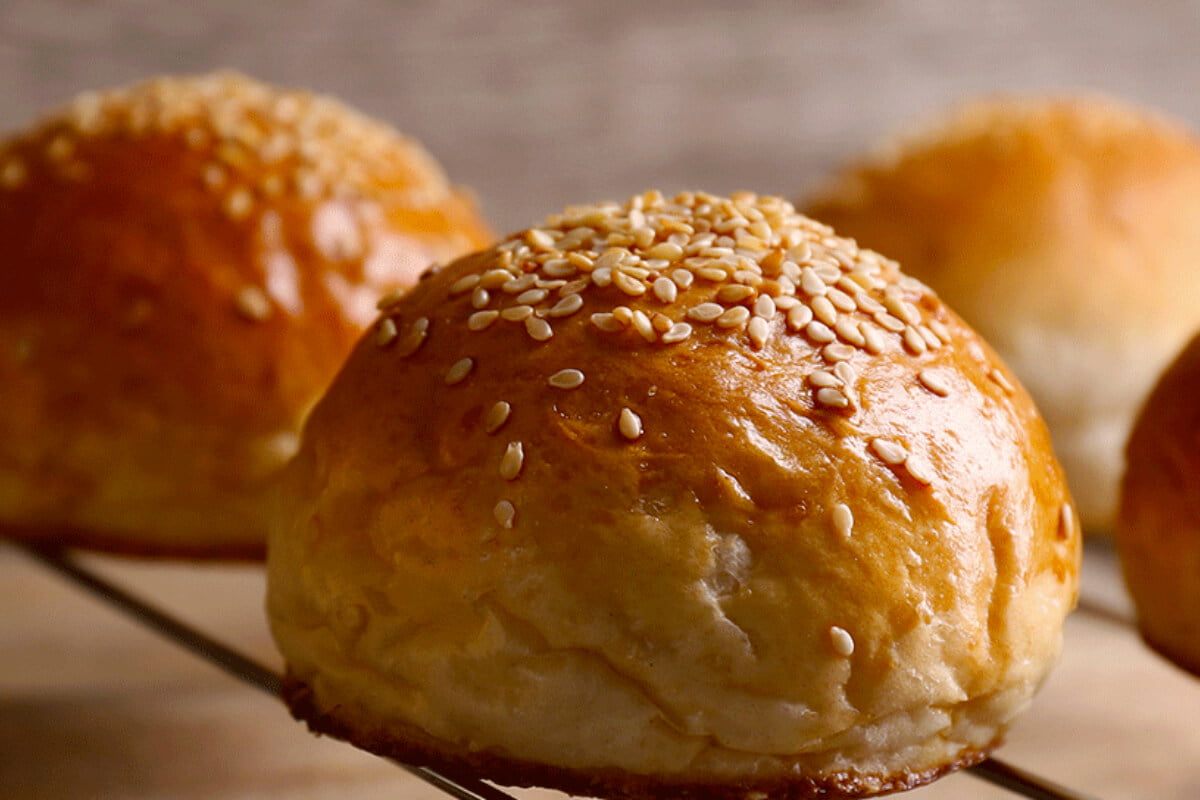CHICAGO — U.S. Farmers are feeding their farm animals the whole lot, from outdated puppy meals and leftover bakery rolls to vegetation imported from South America after unprecedented spring planting delays boosted expenses for regionally grown corn. Corn is usually used to fatten hogs, farm animals, and chickens. However, its high price has farmers in the US$150 billion U.S. Meat and dairy industry looking someplace else to preserve down charges.
 Agricultural cooperatives, device sellers, and plants that process corn into ethanol have already been strained because farmers could not plant millions of acres this spring due to extensive flooding. Canada’s economic system was altered one year after the change wars commenced. Canada’s oil patch pays America $60 million annually to export crude — and the new change deal may not help. Meat producers are turning to substitutes and trying to hold production charges down and stretch out resources of corn held in storage. Many anticipate corn expenses will climb even higher as soon as harvesting starts this fall because yields are expected to be susceptible because of springtime flooding.
Agricultural cooperatives, device sellers, and plants that process corn into ethanol have already been strained because farmers could not plant millions of acres this spring due to extensive flooding. Canada’s economic system was altered one year after the change wars commenced. Canada’s oil patch pays America $60 million annually to export crude — and the new change deal may not help. Meat producers are turning to substitutes and trying to hold production charges down and stretch out resources of corn held in storage. Many anticipate corn expenses will climb even higher as soon as harvesting starts this fall because yields are expected to be susceptible because of springtime flooding.
Feed is usually the most significant value of elevating farm animals, so adjusting diets has become vital for manufacturers grappling with a U.S.-China exchange war that has hurt exports of American agricultural products, including pork. Higher corn prices could increase costs for meat manufacturers like Tyson Foods Inc., which reviews income on Monday. Ohio farmer Jim Heimerl, who sells seven hundred pigs a year, swapped out corn for dry pet food, which he acquires through a dealer and can be outdated or mislabeled. Heimerl is likewise feeding his hogs greater wheat middlings, which can be a byproduct of the flour milling manner.
“We’re already beginning to ration our corn out,” he said. The U.S. Department of Agriculture expected farmers to harvest the minor corn crop in four years in July. Many grain buyers and analysts anticipate the organization will lower its harvest estimate after surveying farmers again approximately plantings. Most-lively corn futures hit a 5-yr excessive in July and are currently buying and selling around $four a bushel on the Chicago Board of Trade, up to seven consistent with cent from 12 months in the past. Farmers have seen fees climb even more in coin markets in regions where rains washed out plantings.
“It’s most effective going to get worse, and it’s all because of the climate,” Heimerl stated. In Minnesota, farmer Randy Spronk uses recycled bakery byproducts such as bread, desserts, and sweets for 10 in keeping with a cent of his hogs’ rations to lessen his need for corn. “The bushels which might be here are treasured,” he stated. “We’re looking to lead them to last as long as possible.” Spronk buys the overwhelmed bakery goods from ReConserve, which says it’s miles from the u. S . A . ‘s biggest recycler of the bakery, cereal grain, and snack food byproducts.
The bakery items are safe and nutritious for livestock but no longer meet producers’ packaging or quality standards for human purchasers, said Bryan Bergquist, ReConserve’s vp of feed income. “In instances like this, while your main input in feeding cattle is going up, you begin searching out fine fee options,” said Omar Mendoza, nutrition director for The Maschhoffs, the largest U.S. Family-owned red meat producer.
Corn from Brazil
North Carolina-based Prestage Farms has been feeding distillers’ dried grains, an ethanol byproduct, to hogs in Iowa and imported corn from Brazil, stated John Prestage, whose family owns the corporation. He said in an email that North Carolina farms use corn from Midwest states, including Ohio and Indiana, in which coins corn prices will be sturdy. “We are looking anywhere to decrease the impact of pricey corn,” Prestage said.
Smithfield Foods, a Prestage Farms associate, books the corn imports and is trying to carry in greater, Prestage stated. Smithfield, owned via China’s WH Group Ltd, declined to remark.
The USDA ultimate month additionally improved its estimate for the amount of wheat used for feed and residual purposes in 2019/20 via 7 in line with cent from June to a hundred and fifty million bushels. That is much smaller than corn feed and residual use of five—175 billion bushels, but up 65% from the previous year. According to Chief Executive Joe Morgan, poky Feeders, which increased about 125,000 livestock on three feedlots in Kansas, modified its grain rations to be half wheat from all corn in July. Cattle benefit weight nicely when they devour wheat, he said. “Most of the time, it’s simply too excessive compared to corn,” Morgan stated approximately charges. “Right now, it’s not.”

